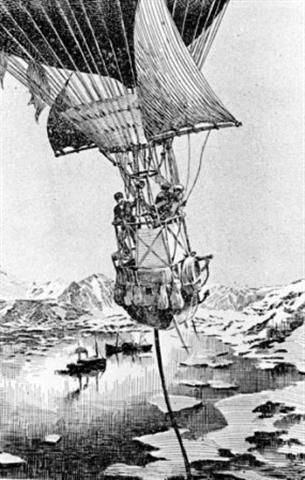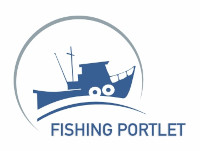Greeks were the first ones to name the Arctic. Based on the stars they saw up North, they named it Arktos, or the Great Bear. But a long time went by before Western people actually explored it, yet the name was made.
Three explorers are highlighted in this section: Robert Peary, Roald Amundsen, and Fridtjof Nansen.
Indigenous Peoples, Inuit and Mongolians, were the first to discover the marine routes through the North, which were used mostly for delivering community supplies, searching for food, and new settlement areas. For marine operations, they used kayaks and small man-powered boats with covered decks, which did not have ice-breaking capabilities but were light and easy to carry over the ice.
Pytheas exploration
The first European marine explorer was Pytheas in 330 BC, who is thought to be the first one to try to reach the North Pole. He was a Greek astronomer/geographer who had worked out a method of calculating latitude by measuring the shadow cast by a vertical pillar at the solstice. He had an idea of Thule, a place where the sun did not set in the summer and never came up in the winter, and was the first one to describe the Midnight sun and polar ice.
Pytheas' journey began in Marseille, France (then named Massalia) and lasted for six years. He reached Britain, kept heading north, and reached a place he called Orcas, which are considered to be the Orkney Islands.
He reached even further, but it is debated where he actually landed. Most likely, his final destination was Norway, though some say Iceland, which is highly unlikely since he sailed for only six days from Orcas. Yet another says it was the Shetland Islands.
After Pytheas' journeys, it took some time before Arctic exploration began again. In 1497, Giovanni Cabot was given permission to find a route to China. He landed in Newfoundland and then went back to England. He tried again but failed and lost all his men in the blistering cold. A story about a North-East passage was although born.
Captain James Cook exploration
Exploration of Arctic waters did not bring any results until the 18th century, when British captain James Cook decided to explore the northern Pacific Ocean. Captain Cook started his journey from Great Britain, and after a few months, he arrived at Cape Town in South Africa, from where he sailed through the Indian Ocean to New Zealand, the Cook Islands, and Tonga, all the time heading for Alaska. Cook never reached Alaska, and his journey ended in Hawai'i in 1779. He never fully explored the route, but his expedition had a significant impact on future explorations.
Other explorations
In 1845, another British polar explorer, John Franklin, sailed through the last unnavigated part of the Northwest Passage, proving its accessibility. Unfortunately, Franklin´s expedition did not survive the journey, but it became the bedrock for the 20th-century scientific researchers and inspiration for Roald Amundsen's voyage, who at the very beginning of the 20th century managed to complete the Northwest Passage from the Eastern to the Western part of the world. In 1942, when the Japanese Navy attacked Colombo in Sri Lanka and assaulted the United States on the Bataan Peninsula, the transit from West to East was completed by Henry Larsen.
Source:The Arctic by Richard Sail









